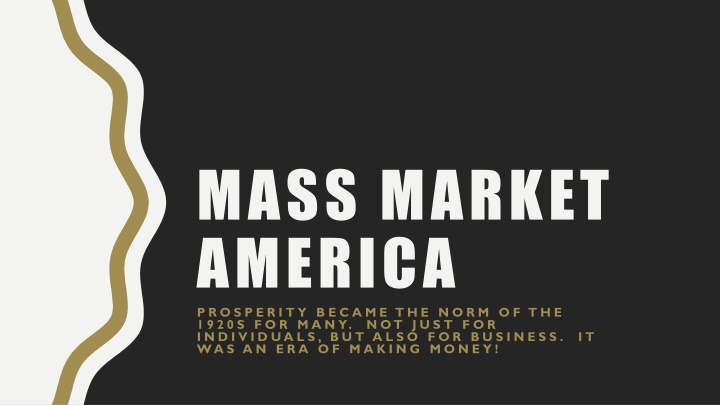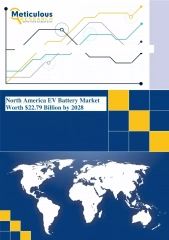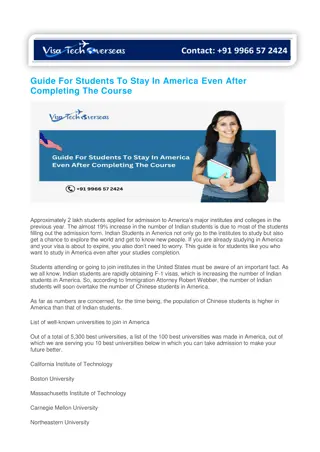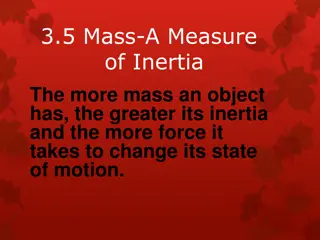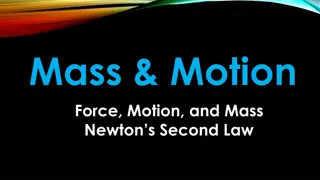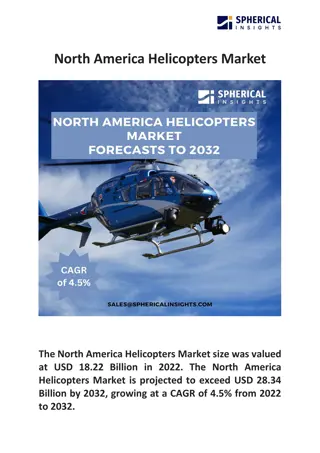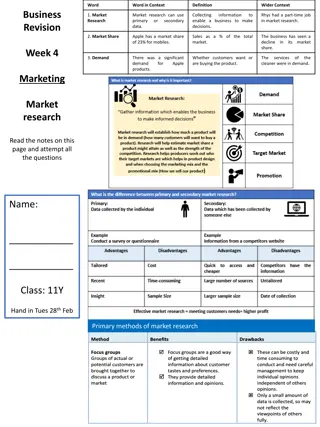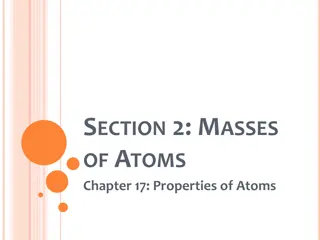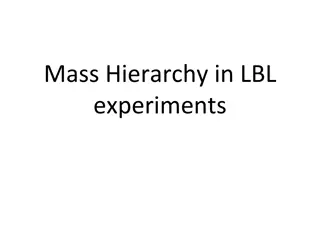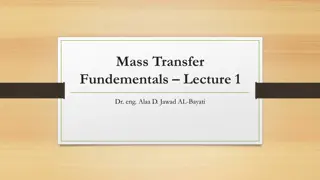MASS MARKET AMERICA
Prosperity in America during the 1920s was characterized by widespread economic growth, leading to a shift in societal norms towards mass-market consumption. This period saw the rise of the American Dream as attainable not just for individuals but also for businesses, signaling a shift towards a more consumer-driven economy. The era marked a significant shift in the way prosperity was defined and achieved, setting the stage for modern economic practices and market dynamics.
Download Presentation

Please find below an Image/Link to download the presentation.
The content on the website is provided AS IS for your information and personal use only. It may not be sold, licensed, or shared on other websites without obtaining consent from the author.If you encounter any issues during the download, it is possible that the publisher has removed the file from their server.
You are allowed to download the files provided on this website for personal or commercial use, subject to the condition that they are used lawfully. All files are the property of their respective owners.
The content on the website is provided AS IS for your information and personal use only. It may not be sold, licensed, or shared on other websites without obtaining consent from the author.
E N D
Presentation Transcript
MASS MARKET AMERICA P R O S P E R I T Y B E C A M E T H E N O R M O F T H E 1 9 2 0 S F O R M A N Y. N OT J U S T F O R I N D I V I D UA L S , B U T A L S O F O R B U S I N E S S . I T WA S A N E R A O F M A K I N G M O N E Y !
A BOOMING ECONOMY After the war in Europe, the American economy took a positive turn. The new boom came as a result of post-war activity, but it also stayed strong due to the Republican politics and the support of Big Business by the presidents of the time. Harding, Coolidge, and Hoover made it known that they would no longer address the progressive reforms as the presidents before them had, and they made it clear that American business and prosperity was their primary concern.
CHANGING BUSINESS Warren Harding campaigned that he wanted a return to Normalcy for the American people. This normalcy included economic success and prosperity. Calvin Coolidge continued the Republican plan to support big business and to encourage international involvement for America, if it brought financial gain to the nation. Business became glorified in American culture, and industry changed to support the new ideas of what America and American industry should be. With the building of new commercial downtowns, and the creation of road systems to support the distribution of the new American products, there was great success for the money-makers of the country.
NEW INDUSTRIES Everywhere you looked, there were new businesses opening up all across America. With Thomas Edison s new uses of electricity, new products for the home and personal care came into the stores for consumers to buy. Big ticket items became more common, and with the use of credit, more average Americans were buying more and more to support the growth of the big businesses. Traveling salesmen also hit the roads, bringing vacuum cleaners, sewing machines, and more right to your doorstep for you to purchase.
ADVERTISING & MASS MARKETING Big business, new college-educated management, and new products were not the only changes in American consumerism. To help consumers make their spending and buying decisions, mass market advertising popped up everywhere. From billboards to magazine advertisements, product promises were all around. Stores even reorganized to appeal to the mass market, making all of their displays appealing and familiar for customers across the country. Chain stores opened across the nation, making the shopping experience comfortable for consumers, just one more step toward the America we have today.
